Buying a new bathroom (Part 2)
Following on from Bathroom-compare’s previous blog, other key elements such as showers, lighting and the all-important toilet are covered this time. There is just as much to think about here when it comes to personal taste and budget as there is when considering luxurious baths and stylish wash basins.
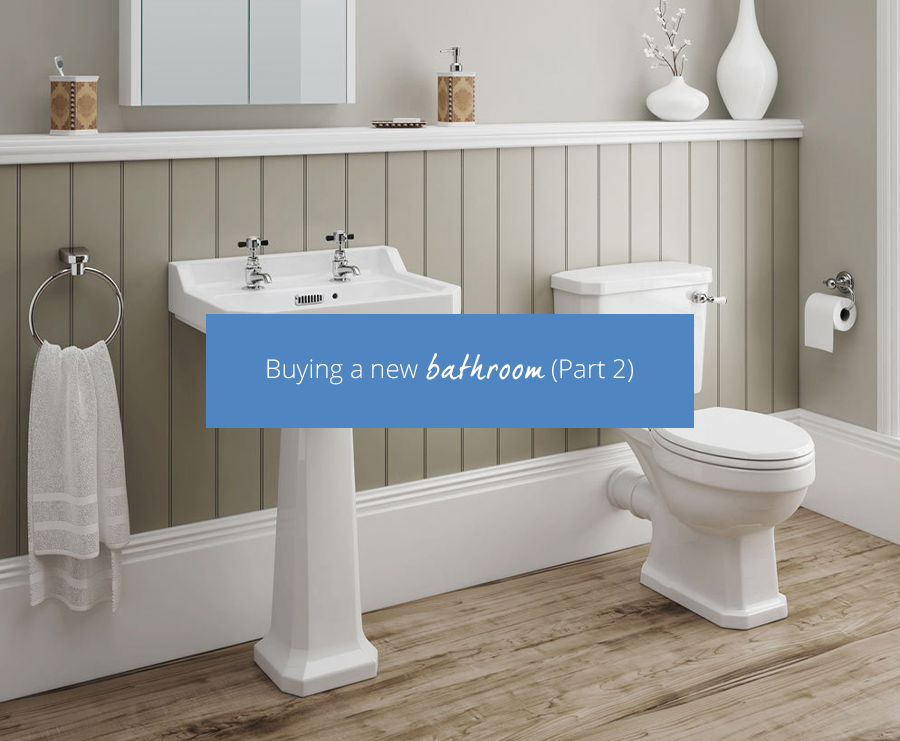
Buying lighting:
Having an en-suite, family bathroom or downstairs cloakroom that is lit well can make all the difference and transform a space. Lighting has many functions - it should draw attention to features such as shelving, provide brighter areas for undertaking tasks such as applying make-up and create ambiance at different times of the day. Most light fittings work in a bathroom providing they are located more than 60cm away from a water source. If you want to install lighting in a shower or anywhere close to a water outlet then it must be protected against the ingress of water, which is indicated by an IP rating. It is important to get bathroom lights fitted by a qualified electrician
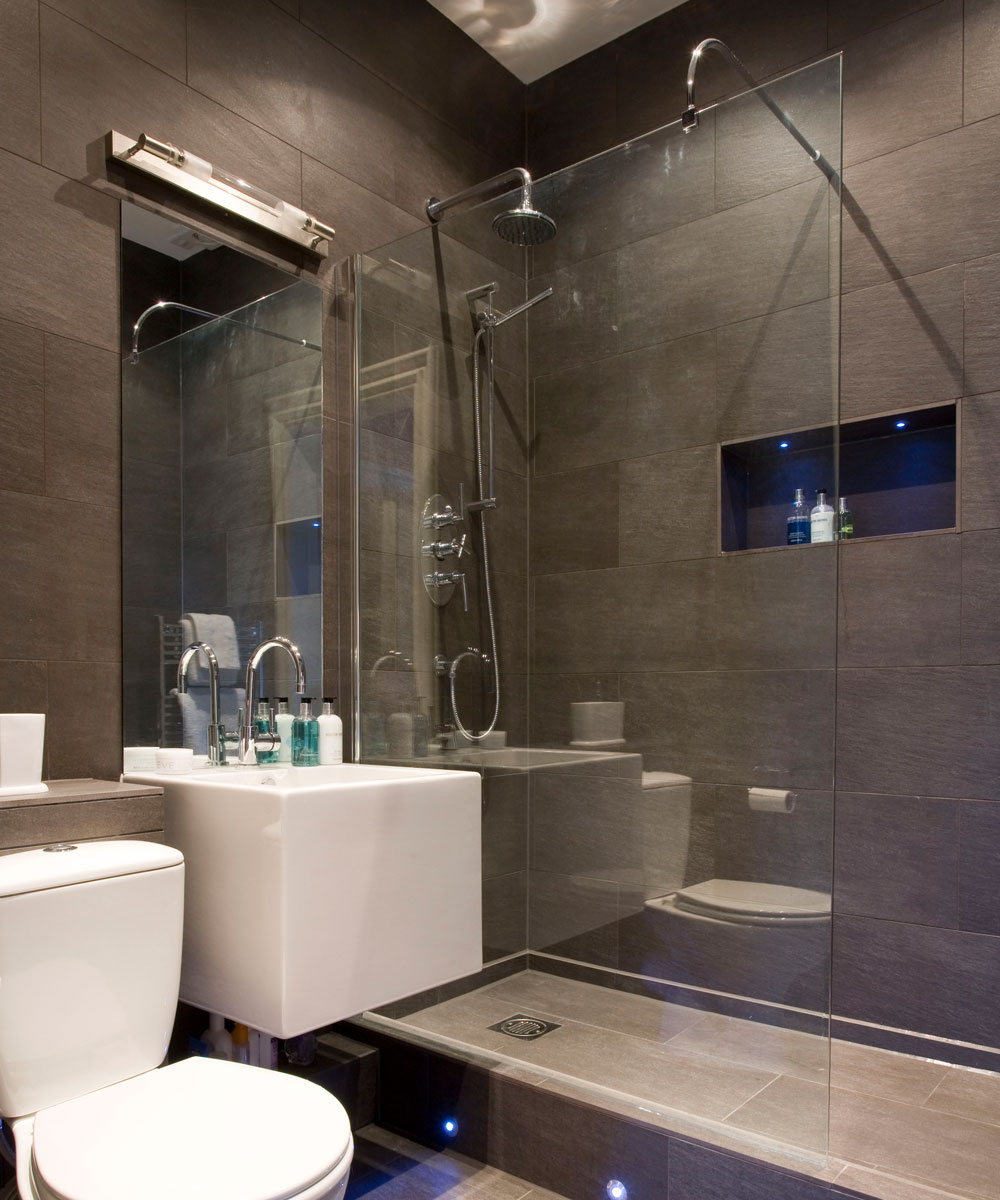
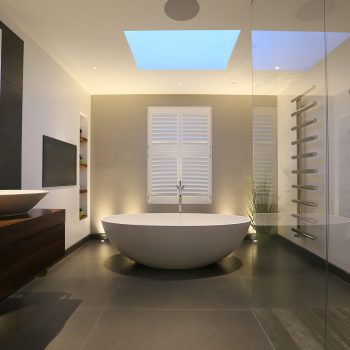
Buying a toilet:
Whilst you might be forgiven for thinking that a toilet is simply a toilet, think again! Toilets too come in an abundance of shapes and sizes. For a contemporary bathroom, choose a close-coupled or back-to-wall one. Close-coupled toilets, where the cistern sits on the back of the pan, are the most widely available and tend to be the most affordable. Back-to-wall pans have their cistern concealed in the wall and can either be floor-standing or wall-hung and are increasingly popular due to their minimalist style. A bathroom that is more traditional in style will work better with a toilet that has more intricate lines and design detail and one that will harmonise well with classic pedestal basins and roll-top baths.
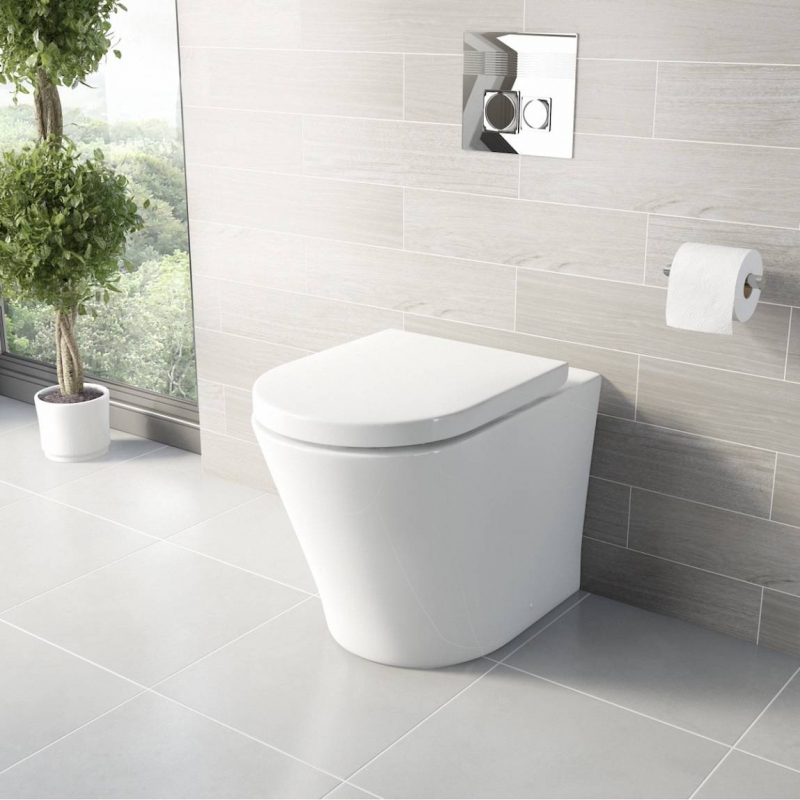
Buying a shower screen:
Shower screens that create a minimalist look and give a sense of space due to the fact that their transparent finish allows natural light to flow through the room, are simple glazed panels that are flush with fitted trays. Alternatively think about installing a wet room system. Shower enclosures are another option – these are great when size is an issue or there are tricky spaces. Enclosures and trays come in a wide range of different shapes and sizes so there is usually something that suits. Ceramic trays are regarded as the best option, being strong and stable. However, enamelled steel and acrylic are also possibilities, as are those made from stone and even water-resistant hardwoods. When installing a tray, remember that you will need to be able to access the waste for maintenance.
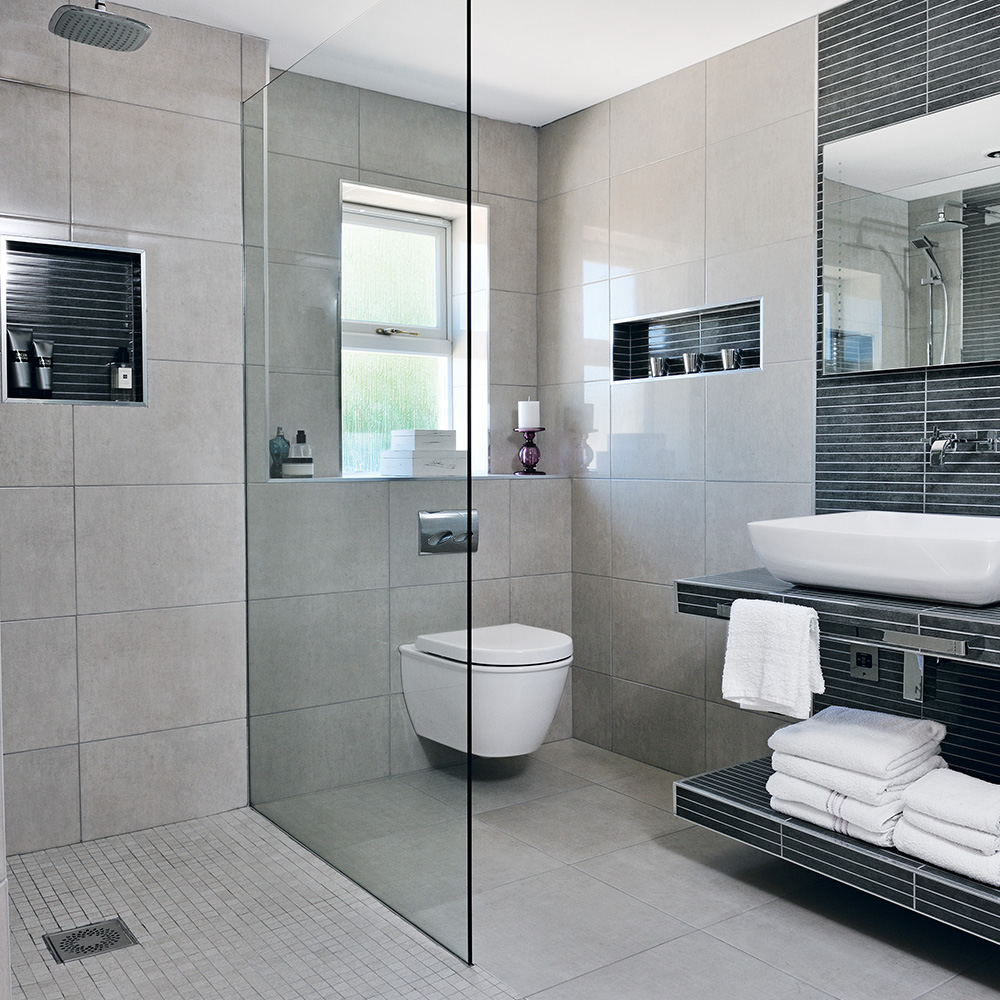
Buying a shower head:
There are five main types of shower head: handheld, handheld on a slider rail, fixed (mounted on the wall), ceiling mounted and shower head that is combined with series of body jets – but remember, your shower head must be compatible with your water system; generally, the higher the water pressure, the better the shower’s performance. Handheld showers are useful, if only for a second shower head, for rinsing hair, washing children or cleaning the bath. They can also be fitted to a slider rail, which means their height can be adjusted easily. Most shower heads are now available with multiple spray options. Large shower heads (sometimes called ‘rain showers’) are increasingly popular. They are ceiling-mounted and are designed to drench in seconds. Multiple-jet showers are also on-trend, comprising not just one shower head, but a host of side jets and sprays.
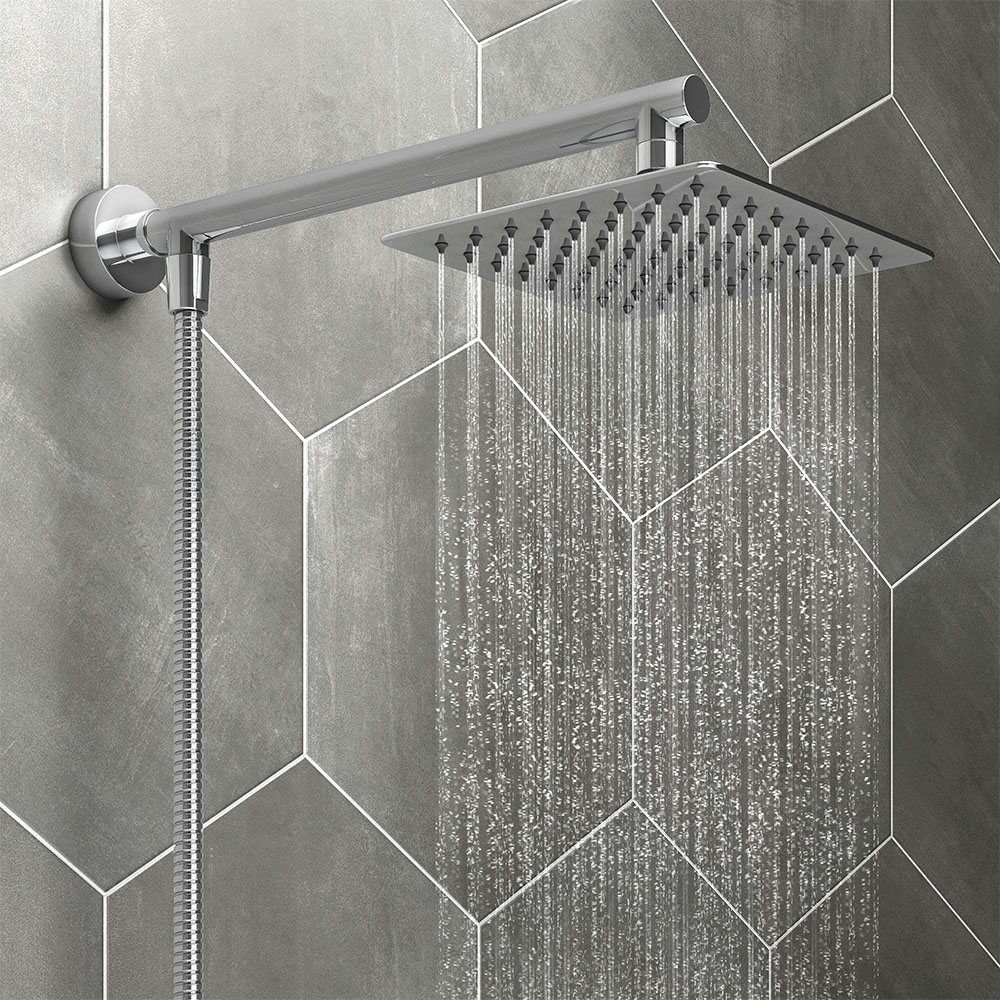
The Compare Network
Copyright – Insight Retail Group Ltd 2025 All rights reserved